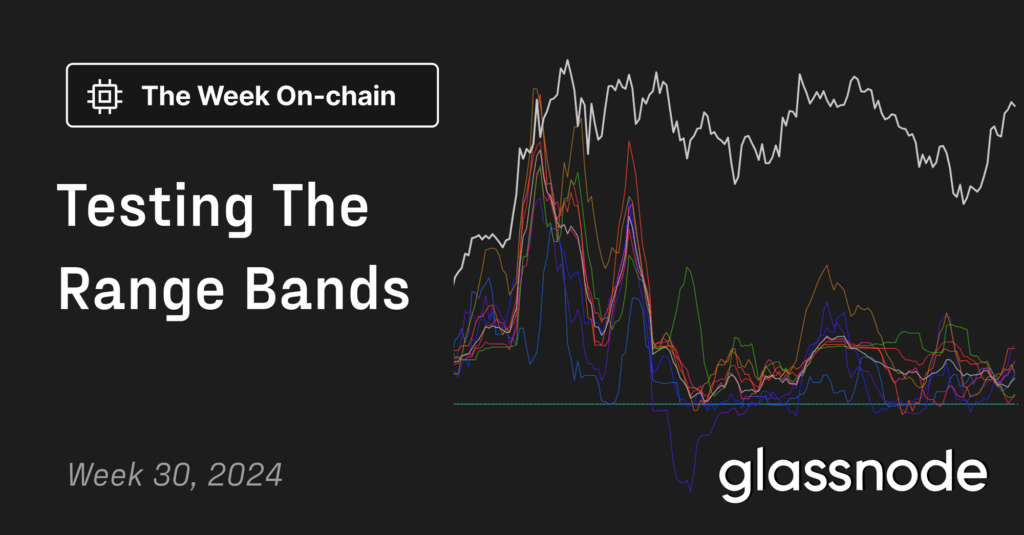Research Summary
The report provides an in-depth understanding of Exchange Traded Funds (ETFs), their workings, and their relevance in the context of cryptocurrencies, particularly Bitcoin. It explains the structure of ETFs, the role of Authorized Participants (APs), and the creation and redemption process. The report also discusses the potential challenges and implications of a Bitcoin ETF, given the 24/7 trading nature of cryptocurrencies.
Key Takeaways
Understanding ETFs and Their Structure
- ETF Basics: An ETF is an investment fund that holds a collection of assets and is traded on stock exchanges. ETFs aim to replicate the performance of a specific index, sector, or asset class. The majority of traditional ETFs primarily hold the actual securities that they are tracking.
- Creation and Redemption Process: The unique structure of ETFs revolves around the “creation and redemption” process, which involves large financial institutions known as Authorized Participants (APs). When there’s demand for an ETF, an AP assembles a “creation basket” of securities that the ETF aims to track. The AP then exchanges this basket with the ETF provider for an equivalent value of ETF shares, which are then sold on the stock market. Conversely, when investors want to sell their ETF shares, APs buy these shares from the market, return them to the ETF provider, and receive a “redemption basket” of the underlying securities.
Bitcoin ETFs and Their Challenges
- Bitcoin ETFs: The report discusses the potential challenges and implications of a Bitcoin ETF, given the 24/7 trading nature of cryptocurrencies. Significant price movements in Bitcoin during off-hours for stock markets could lead to a backlog of buy or sell orders for the ETF when the market reopens. This may cause delays in order fulfillment and unexpected prices for market orders.
- Liquidity Concerns: Regulators are aware that any ETF that is overly reliant on derivatives could face liquidity concerns. If the ETF is heavily reliant on illiquid derivatives, it might struggle to sell those holdings quickly without incurring significant costs or impacting the derivative’s price.
- Counterparty Risk: If an ETF has a significant portion of its value tied up in derivatives and a counterparty defaults, it could create liquidity challenges.
Bitcoin ETF vs GBTC
- Redemption Mechanism: The report clarifies that while the Bitcoin ETF is a trust, similar to Grayscale Bitcoin Trust (GBTC), the key difference is the presence of a redemption mechanism in the former. GBTC cannot be redeemed, which is why it trades at a discount to its Net Asset Value (NAV).
Actionable Insights
- Investigate the Potential of Bitcoin ETFs: Given the unique structure and potential challenges of Bitcoin ETFs, it would be beneficial to further explore their implications, especially considering the 24/7 trading nature of cryptocurrencies.
- Consider the Role of Authorized Participants: Understanding the role of Authorized Participants in the creation and redemption process of ETFs can provide insights into the functioning and liquidity of these funds.
- Assess the Impact of Derivatives on ETFs: It’s crucial to evaluate the potential risks associated with ETFs that are heavily reliant on derivatives, including liquidity concerns and counterparty risk.












